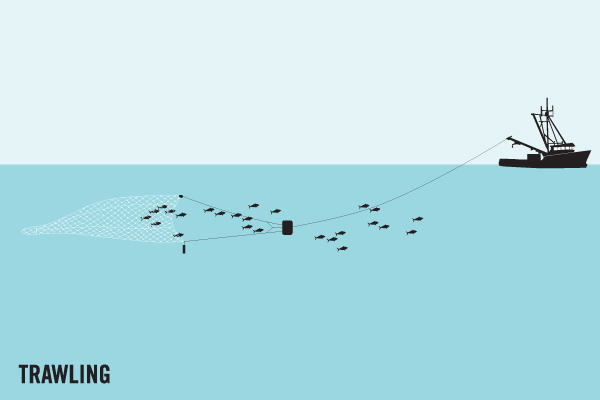Average Weight/Length
Averages 2-4 inches; reaches 10 inches on so. Orange Sardine usually is smaller than the Spanish.
Other "Popular" Names for this Fish
Sardine, Shiner, Herring
Location Habitat
Common on inshore flats, but occurs in deep water too. Schools in coastal waters from inshore to edge of shelf. Prefers clear saline water with a minimum temperature below 24°C. Juveniles tend to stay in nursery areas, but on maturity rejoin adult stocks offshore. Strongly migratory, often rising to surface at night and dispersing. Feeds mainly on zooplankton, especially copepods. Juveniles take phytoplankton. Breeds perhaps throughout the year, but with distinct peaks. In some areas there are two main spawning periods.
Biology & Physical Description
Both the Spanish Sardine, shown here, and the Orangespot Sardine, Sardinella brasiliensis, aremore elongaed and less flattened than other Herrings. Silver sides and green back. Spanish has no markings, whereas Orangespot has a gold or light orange streak on the side. Dorsal spines (total): 0; Dorsal soft rays (total): 13-21; Anal spines: 0; Anal soft rays: 12 - 23. Diagnosis: Body elongate, usually subcylindrical, but sometimes a little compressed; belly rather rounded, but scutes apparent. Lower gillrakers fine and numerous, more than 80; anterior gillrakers on lower limbs of second and third gill arches lying more or less flat. The pelvic finray count of 1 unbranched and 8 branched rays distinguishes Sardinella aurita from all other species of Sardinella, Harengula, Opisthonema, Herklotsichthys and Amblygaster that occur with it. It resembles Clupea but it has two fleshy outgrowths along outer margin of gill opening and numerous fine fronto-parietal striae on top of head. Flanks silvery, with a faint golden midlateral line, preceded by a faint golden spot behind gill opening; a distinct black spot at hind border of gill cover
Life Cycle & Mating Behavior
The breeding pattern is extremely complex, with two principal spawning periods in some areas (linked with upwelling regimes off west Africa).
Geographic Species Map (Fishbase.org Map)
|
|

|
Summary of Distribution: Atlantic Ocean: West African coast from Gibraltar southward to Saldanha Bay in South Africa; also in Mediterranean Sea and Black Sea. In western Atlantic Ocean from Cape Cod in USA to Argentina, including Bahamas, Antilles, Gulf of Mexico and the Caribbean coast |
|
Note: Distribution range colors indicate degree of suitability of habitat which can be interpreted as probabilities of occurrence (fishbase.org) |
|
Sport Fishing Techniques
|
|
TrawlingTrawling is when.... |
|
Tackle & Baits
Will respond to chum and can then be cast netted or taken on tiny hooks.
Game Rating
Game Rating : 1/10
Game Description :
None
Food Rating
Game Rating : 6/10
Game Description :
Good, but seldom eaten.




















 Spanish Sardine (Bait Fish)
Spanish Sardine (Bait Fish) 


